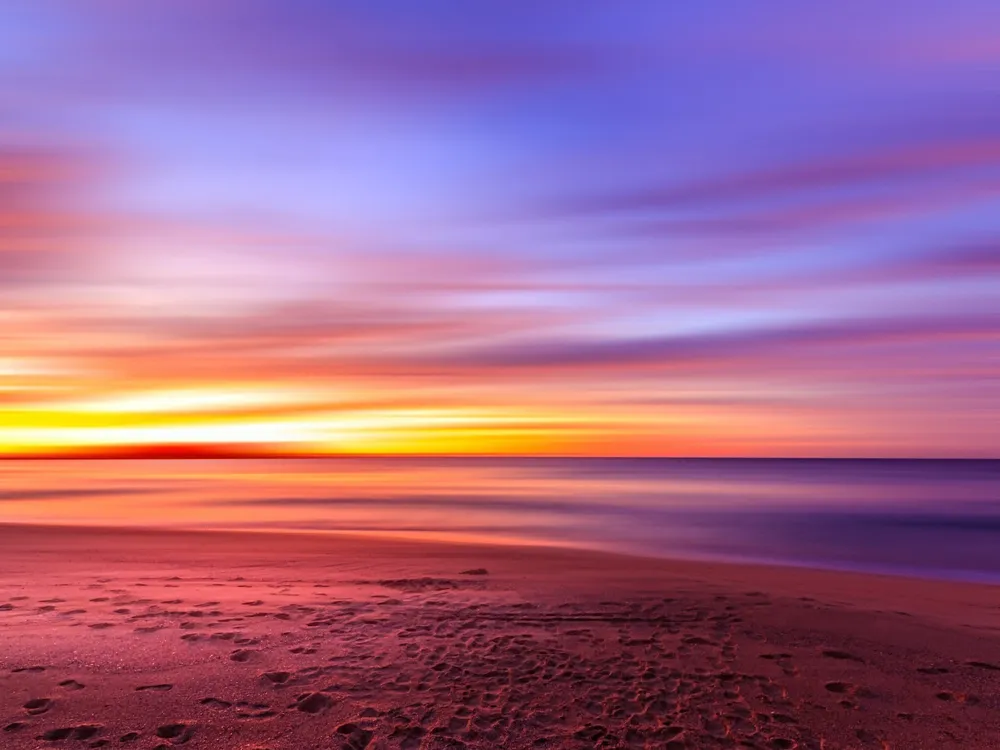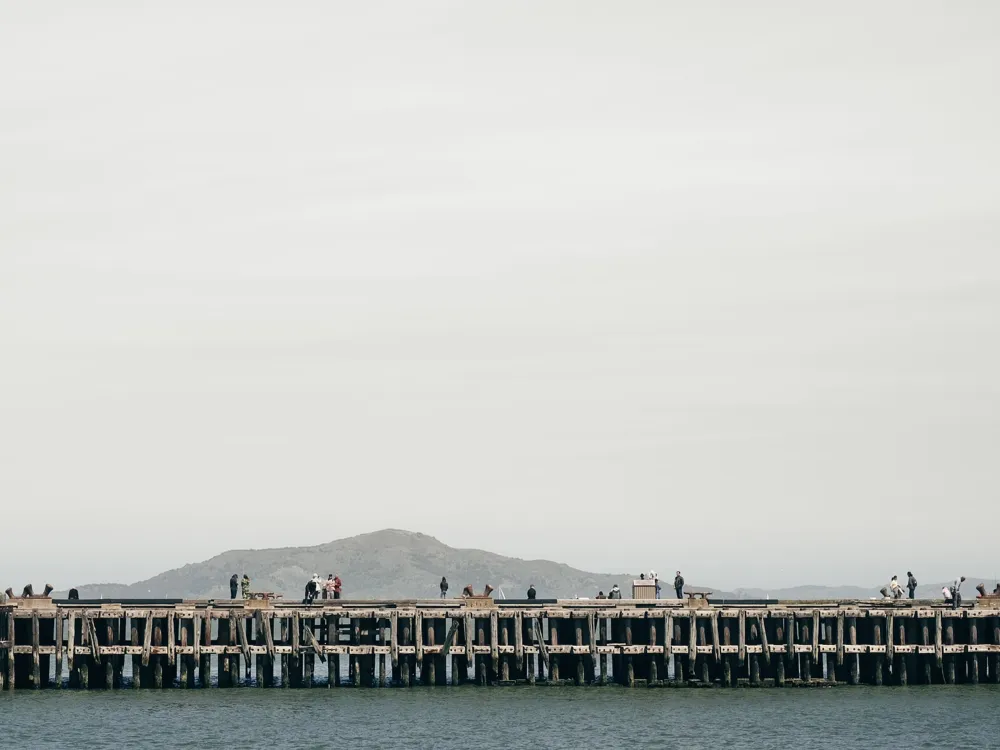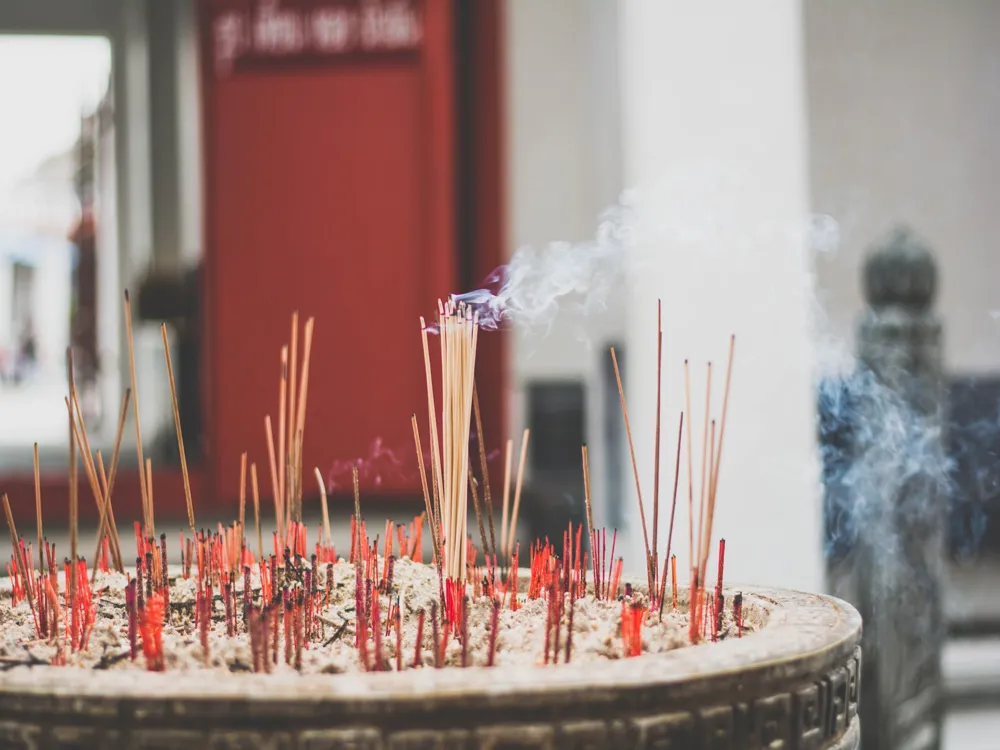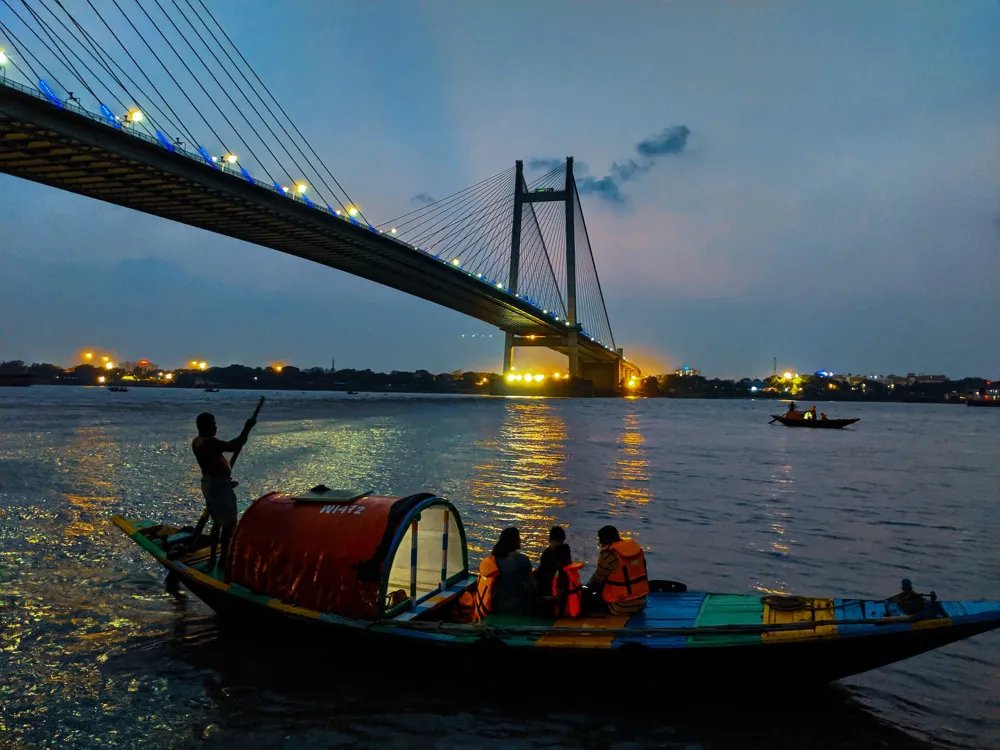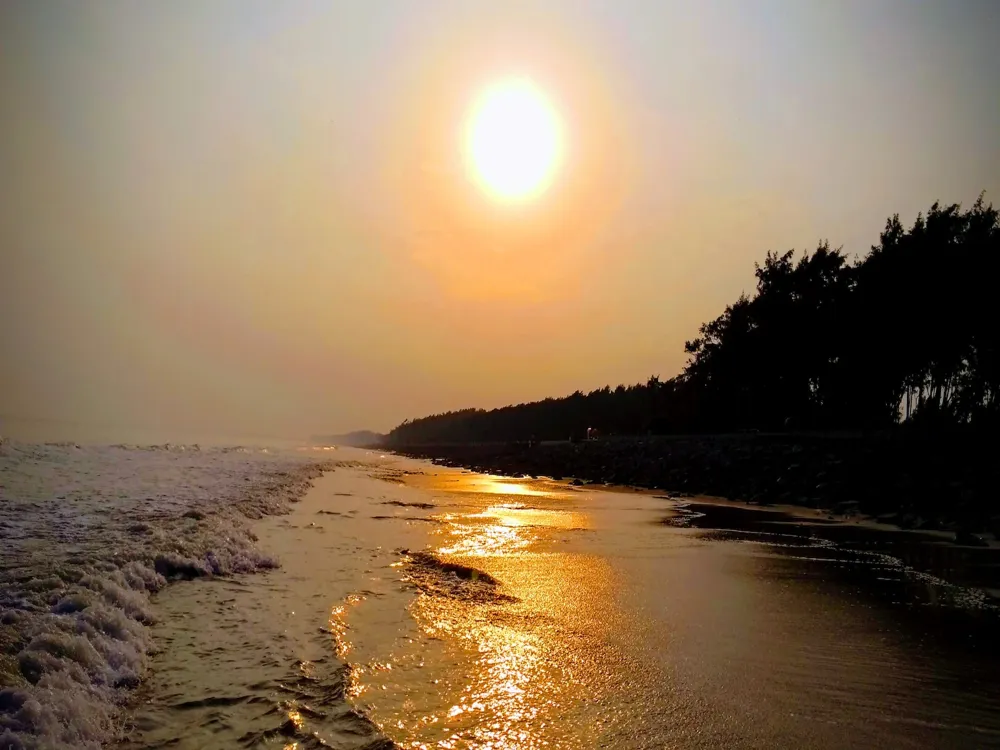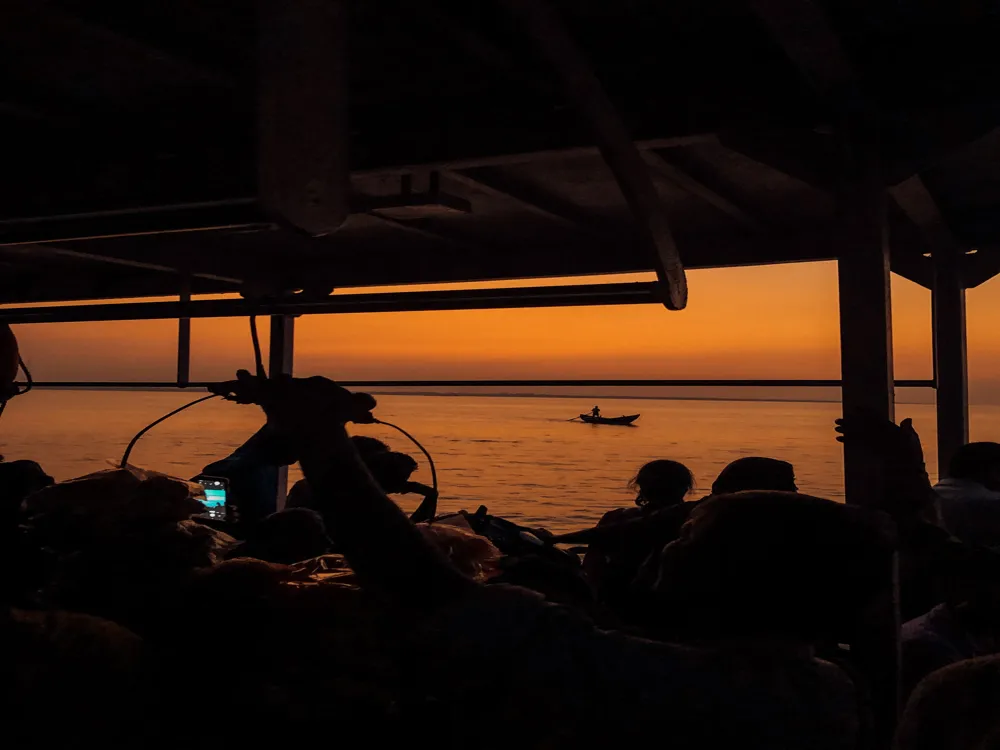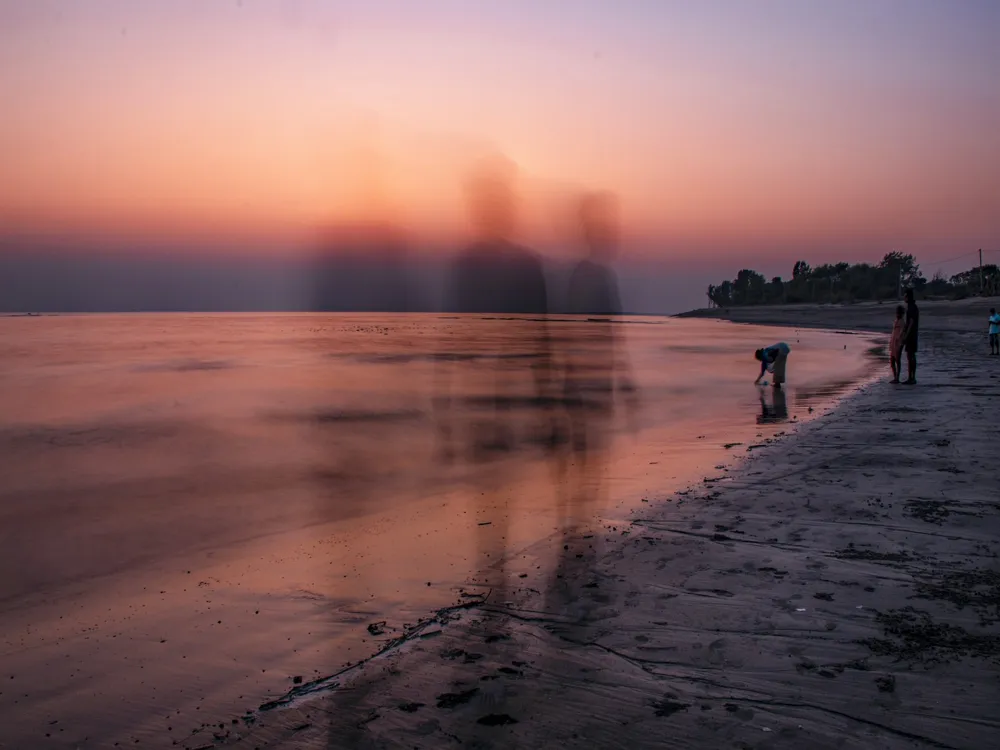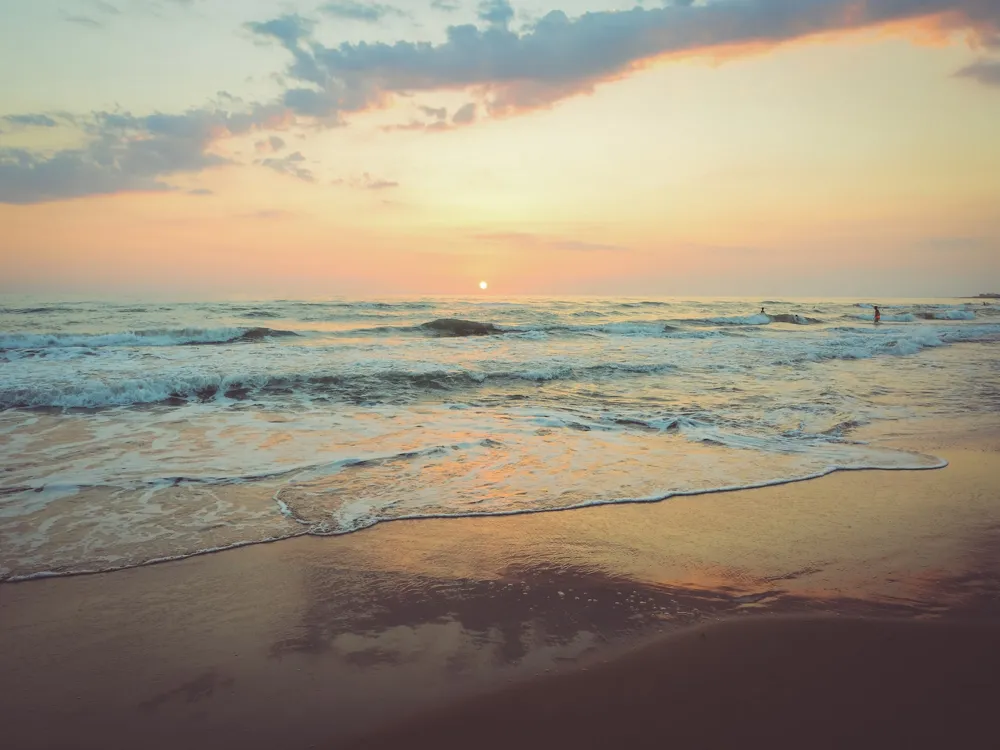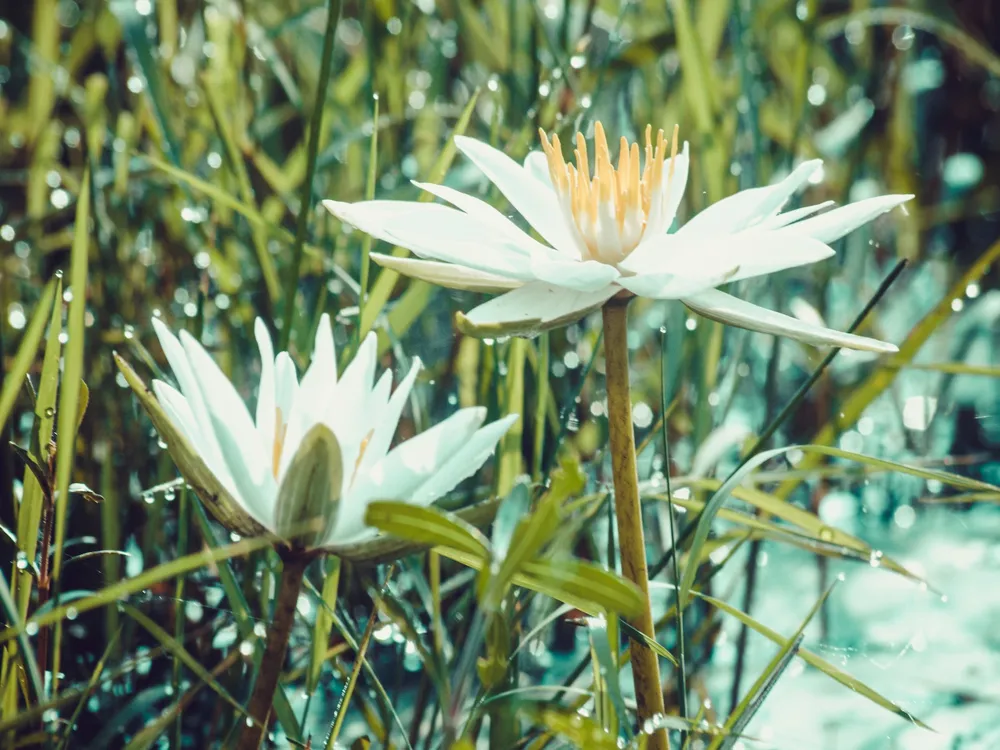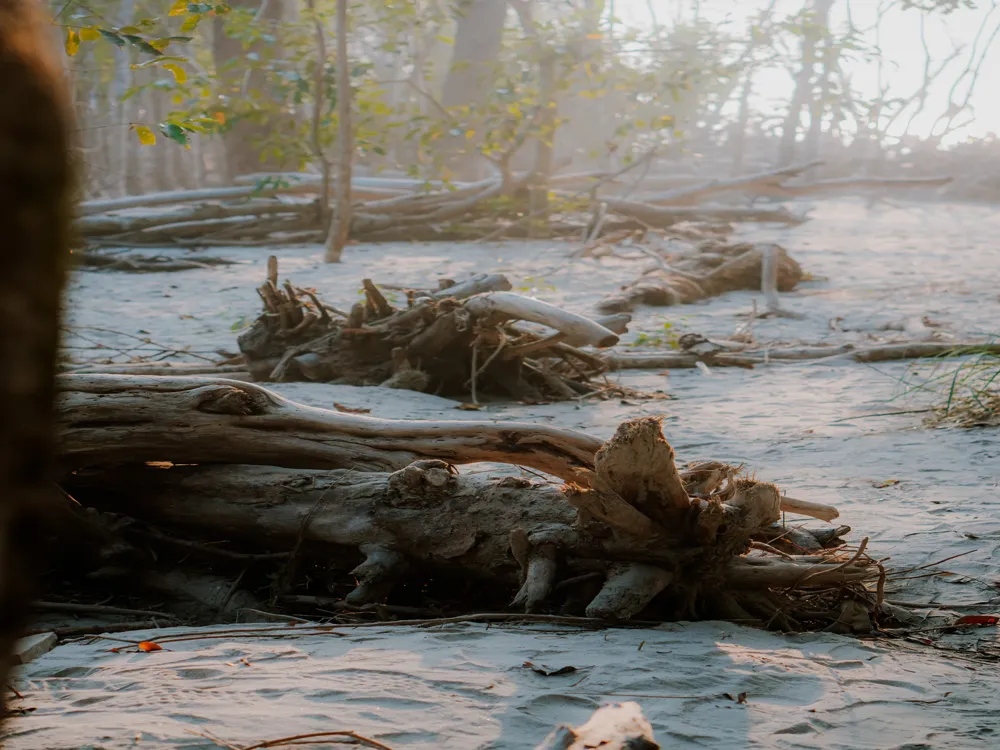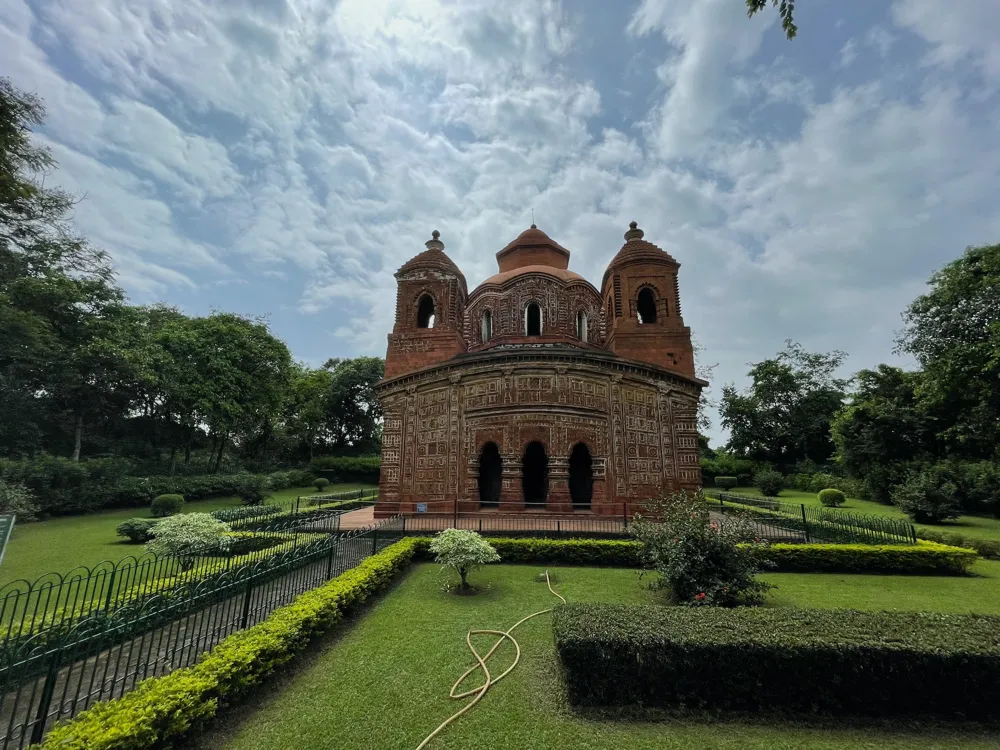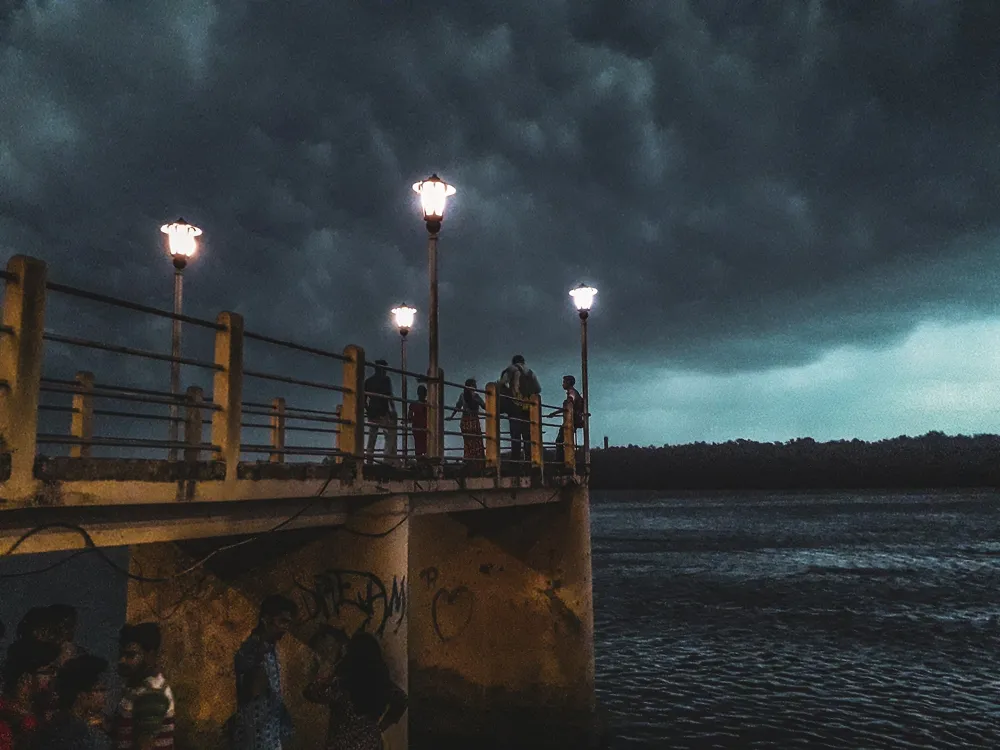Haldia, a vibrant industrial city located in the eastern Indian state of West Bengal, is a gem often overlooked by mainstream tourism. This city, nestled at the edge of the Haldi River, is a fascinating blend of industrial prowess and cultural richness. Haldia's strategic location near the Bay of Bengal has shaped its destiny as a pivotal maritime and petrochemical hub. However, there's more to Haldia than its industrial facade. The city, with its lush green landscapes, rich history, and cultural vibrancy, offers a unique experience to its visitors. In this detailed overview, we will explore the many facets of Haldia, unraveling its history, culture, and the daily life that pulsates through its streets.
The history of Haldia is intertwined with the rivers and waterways that surround it. Historically, it served as an important port, playing a significant role in regional trade and commerce. Over the years, Haldia has transformed, embracing modernity while retaining its historical charm. The city is a kaleidoscope of old and new, where ancient traditions coexist harmoniously with contemporary advancements. It's a place where festivals, art, and music are celebrated with fervor, showcasing the rich cultural tapestry of West Bengal. The people of Haldia, known for their warm hospitality, add to the city's welcoming atmosphere, making it an intriguing destination for travelers.
The architecture of Haldia is a testament to its evolving journey through time. From ancient temples to modern industrial structures, the city's skyline is a diverse canvas that narrates its story. One of the architectural highlights of Haldia is the confluence of traditional Bengali designs with contemporary styles. This blend is evident in the city's religious structures, public buildings, and even in residential areas. Temples in Haldia, adorned with intricate terracotta work, reflect the rich artistic heritage of Bengal. These temples, some dating back centuries, are not just places of worship but also serve as custodians of history and culture.
In contrast to its historical architecture, Haldia is also home to modern industrial complexes that symbolize its role as an economic powerhouse. The petrochemical plants, with their towering structures, are a sight to behold, showcasing the engineering feats achieved by the city. These industrial units, while primarily functional, have an aesthetic of their own, contributing to the unique skyline of Haldia. The city's urban planning and development also reflect a thoughtful blend of functionality and aesthetics, with green spaces and public parks interspersed among the urban sprawl.
The ideal time to visit Haldia is between October and March. During these months, the weather is pleasant, with cooler temperatures and lower humidity, making it comfortable for exploring the city. This period also coincides with several local festivals, offering a glimpse into the rich cultural fabric of Haldia.
Haldia offers a delectable culinary experience, with a variety of Bengali dishes to try. Don't miss out on local specialties like fish curry, mishti doi (sweet yogurt), and roshogolla (spongy sweet balls). Street food in Haldia is also a must-try, with offerings like puchka (a type of spicy, tangy snack) and jhal muri (spicy puffed rice).
Respect local customs and traditions while in Haldia. Dress modestly when visiting religious sites, and always ask for permission before taking photographs of people or private property. Engaging with locals respectfully can enrich your travel experience, offering insights into the daily life and culture of Haldia.
Haldia is well-connected by road, rail, and waterways. The nearest airport is Netaji Subhash Chandra Bose International Airport in Kolkata, from where you can take a taxi or bus to Haldia. The city also has a railway station, Haldia Railway Station, which is connected to major cities in India. For a unique experience, one can also reach Haldia by ferry from Kolkata, enjoying the scenic beauty of the Hooghly River.
Overview of Haldia, West Bengal
Architecture of Haldia
Tips When Visiting Haldia
Best Time to Visit
Local Cuisine
Cultural Etiquette
How To Reach Haldia
Maynagarh
Haldia
West Bengal
NaN onwards
View haldia Packages
Haldia Travel Packages
View All Packages For Haldia
Top Hotel Collections for Haldia

Private Pool

Luxury Hotels

5-Star Hotels

Pet Friendly
Top Hotels Near Haldia
Other Top Ranking Places In Haldia
View All Places To Visit In haldia
View haldia Packages
Haldia Travel Packages
View All Packages For Haldia
Top Hotel Collections for Haldia

Private Pool

Luxury Hotels

5-Star Hotels

Pet Friendly








